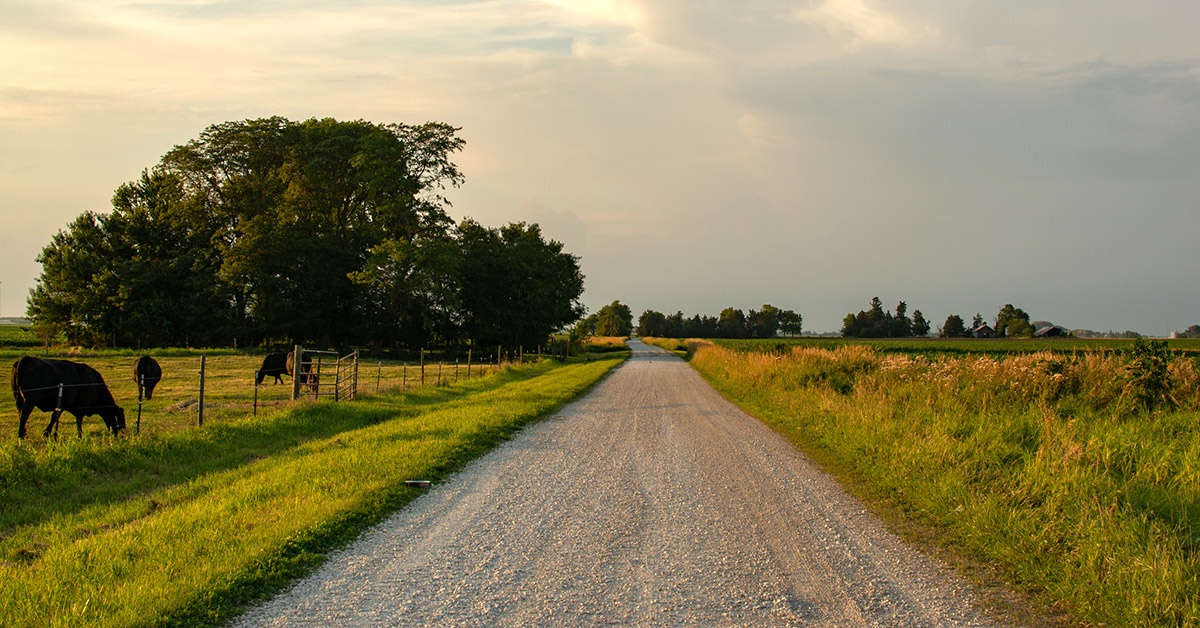A study by the School of Public Health examining the choice and pricing of individual health insurance plans across the U.S. found that rural areas have the fewest options and pay the highest premiums. The study highlights one of many areas of society experiencing health care financial pressure that will likely only increase during the COVID-19 pandemic.

This study was led by Professor Jean Abraham and appeared in a special issue of the Russell Sage Foundation journal focused on the effects of the Affordable Care Act (ACA) as it marks its 10-year anniversary. A key component of the ACA was the creation of health insurance marketplaces where individuals and small businesses could purchase health plans when enrolling in a group plan through a large employer isn’t possible.
The researcher specifically measured changes in insurer marketplace participation and plan premiums from 2015 to 2019 to assess the degree of local market vulnerability and volatility.
Vulnerability is a measure of the number of insurers offering coverage in an area and the premiums they charge.
- Rural areas were classified as having higher vulnerability if in 2019 it had one insurer and premiums of more than $769/month for a 50-year-old non-smoker.
- Urban areas were classified as having higher vulnerability if in 2019 it had two or fewer insurers and premiums in excess of $653/month for a 50-year-old non-smoker.
Volatility indicates the degree of marketplace change between 2015-2019, such as large numbers of insurers exiting a particular area or very large increases in premiums.
- Markets were characterized as having higher volatility if they experienced more than a 50% reduction in the number of insurers in 2015-2019, and more than a 79.2% increase in lowest-cost “silver plan” premiums for a 50-year-old non-smoker.
The researchers completed their study using information from the HIX Compare insurance database, which tracks insurance plans and their pricing in all counties of the U.S., coupled with state demographic, health status, economic and policy data.
The analysis revealed that local markets experiencing higher volatility and vulnerability are:
- smaller in population and more rural;
- have a higher percentage of non-white persons;
- have lower average wages per worker;
- have a higher percentage of the population reporting fair or poor health status;
- and are more likely to be in states that chose not to expand Medicaid eligibility.
“States continue to pursue actions to ensure or create stability within individual markets,” says Abraham. “One approach is to seek 1332 waivers through the ACA, which allow states to attract insurers by creating government programs that absorb some of the expense of high-cost enrollees. Other actions for increasing choice and affordability include offering a state-based public health insurance option and regulating short-term, limited-duration health plans to make sure that they offer reasonable value for consumers.”
COVID-19 is expected to create new volatility in the individual marketplaces as insurers make decisions about plan options and their premiums for next year amidst much uncertainty about who will enroll in the plans and how much they will rely on them for financial protection.
“Unemployment will remain high and people are worried about getting COVID-19. There is a real risk of hospitalization and the costs that come with that care,” says Abraham. “We have to keep monitoring the individual market because this type of coverage will be increasingly relied upon during the recession and insurers face considerably more uncertainty than normal with respect to who is purchasing coverage and how much medical care they may consume, given the pandemic.”

